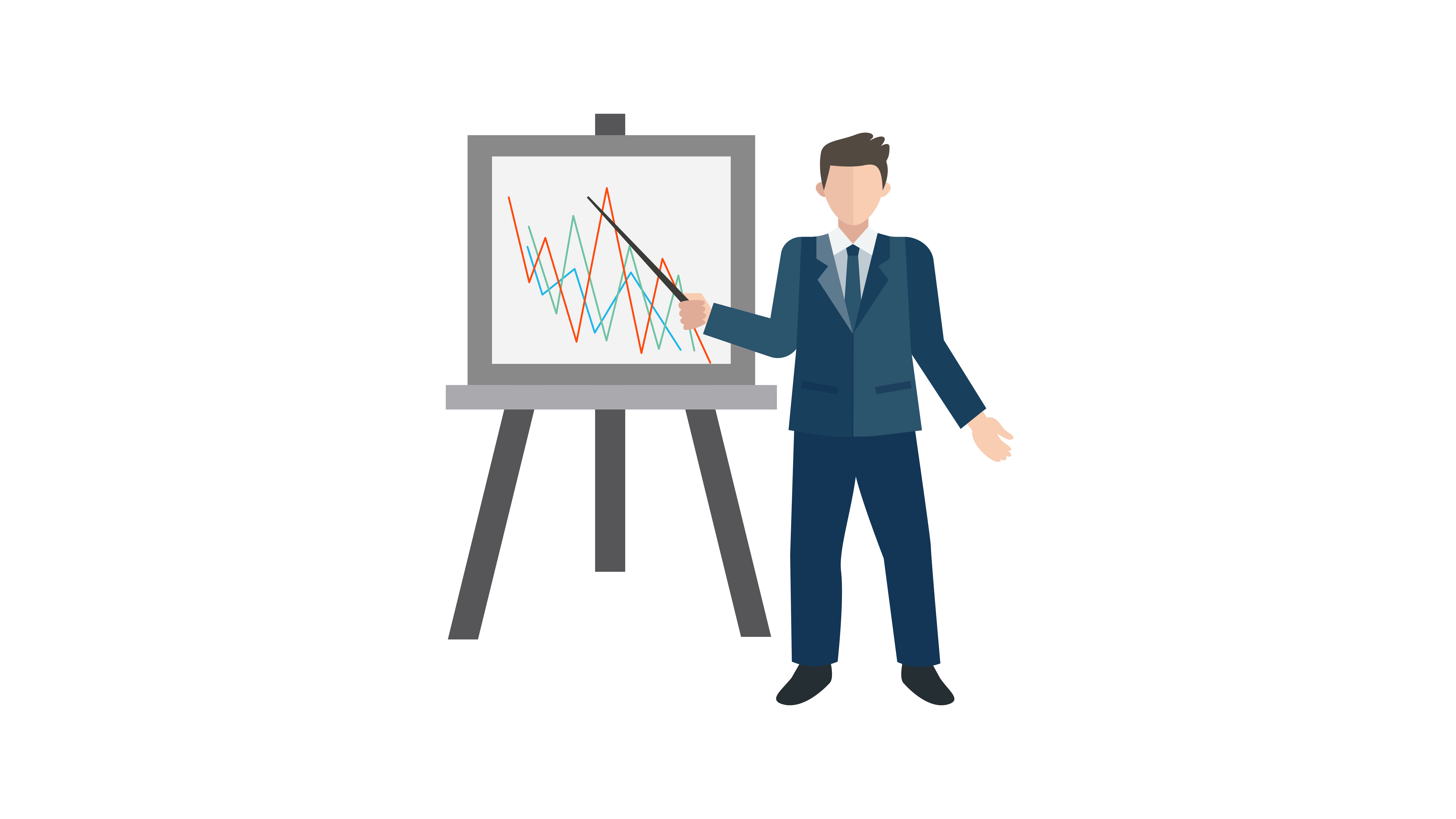All Categories
Featured
Modern businesses require central locations for Customer Data Platforms (CDPs). It is a vital tool. The software tools provide a more accurate and complete understanding of the customers, which can be used to create specific marketing as well as personalized customer experiences. CDPs provide a variety of features that include data governance, data quality , and formatting. This helps customers comply with how they're stored, used and accessible. A CDP helps companies interact with their customers and put it at the core of their marketing efforts. It also allows you to pull data from various APIs. This article will examine the various aspects of CDPs, and how they help organizations.
customer data platform cdp
Understanding the functions of CDPs. The Customer data platform (CDP) is software that allows businesses to organize, store, and manage customer information from one central data center. This gives an complete and accurate view of the customer. This can be used for targeted marketing and personalised customer experience.
-
Data Governance: A CDP's capacity to protect and control the data being integrated is among its primary attributes. This includes profiling, division and cleansing of incoming data. This is to ensure compliance with data rules and regulations.
-
Data Quality: A key element of CDPs is to ensure that the data collected is of high-quality. This involves ensuring that the data is accurately entered and that it meets the desired standards of quality. This can help to reduce costs associated with cleaning, transforming, and storage.
-
Data formatting Data formatting CDP can also be used to make sure that data adheres to a specific format. This permits data types like dates to be identified across customer records and guarantees consistency and logic in data entry. customer data platform definition
-
Data Segmentation The CDP allows you to segment customer data to better understand customers from different groups. This lets you test different groups against one another and getting the right sampling and distribution.
-
Compliance: The CDP helps organizations manage customer information in accordance with the law. It allows you to specify the security of your policies and to categorize information in accordance with them. It can also help you identify compliance violations while making decisions about marketing.
-
Platform Choice: There are a variety of types of CDPs It is therefore important to know your needs so that you can select the appropriate platform. Consider features like data privacy and the ability to pull data from other APIs. what is cdp in marketing
-
Put the customer at the Heart of Everything This is why a CDP lets you integrate of raw, real-time customer data, providing the speed, accuracy and unison that every marketing department needs to boost their efficiency and make their customers more engaged.
-
Chat, Billing and More Chat, Billing and more CDP allows you to locate the context for fantastic conversations, no matter if you're looking at billing or prior chats.
-
CMOs and CMOs and Big Data CMOs and Big Data: According to the CMO Council, 61 percent of CMOs believe that they're not making the most of big data. A CDP can help to overcome this by offering an all-encompassing view of the customer , allowing to make more efficient use of data for marketing and customer engagement.
With a lot of various kinds of marketing technology out there each one typically with its own three-letter acronym you may question where CDPs originate from. Although CDPs are amongst today's most popular marketing tools, they're not a completely brand-new idea. Rather, they're the most recent action in the development of how marketers manage consumer information and consumer relationships (Customer Data Platform Definition).

For a lot of marketers, the single most significant value of a CDP is its capability to segment audiences. With the capabilities of a CDP, online marketers can see how a single client engages with their business's different brands, and identify opportunities for increased personalization and cross-selling. Of course, there's a lot more to a CDP than segmentation.
Beyond audience segmentation, there are three huge reasons your company might want a CDP: suppression, personalization, and insights. One of the most interesting things marketers can do with data is recognize consumers to not target. This is called suppression, and it's part of providing truly tailored client journeys (Cdps). When a consumer's combined profile in your CDP includes their marketing and purchase information, you can suppress ads to consumers who have actually currently made a purchase.

With a view of every consumer's marketing interactions linked to ecommerce data, website gos to, and more, everyone across marketing, sales, service, and all your other teams has the opportunity to comprehend more about each consumer and deliver more customized, appropriate engagement. CDPs can help online marketers resolve the origin of a number of their most significant day-to-day marketing issues (What is Customer Data Platform).
When your data is detached, it's harder to understand your clients and develop significant connections with them. As the variety of data sources used by marketers continues to increase, it's more vital than ever to have a CDP as a single source of truth to bring it all together.
An engagement CDP uses consumer information to power real-time personalization and engagement for clients on digital platforms, such as sites and mobile apps. Insights CDPs and engagement CDPs comprise most of the CDP market today. Really few CDPs consist of both of these functions similarly. To pick a CDP, your company's stakeholders need to think about whether an insights CDP or an engagement CDP would be best for your needs, and research study the couple of CDP alternatives that include both. Customer Data Platforms.
Redpoint GlobalLatest Posts
Maximizing the Potential of Big Data with a CDP
Combining Raw, Real-time Customer Data with a CDP
Compliance and Data Privacy in a CDP